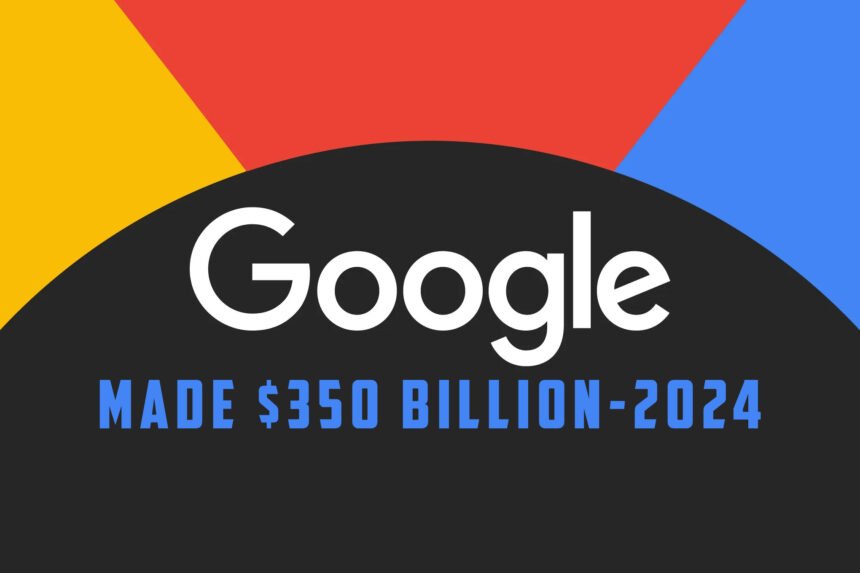As an AI language model, ChatGPT can generate text that can be indexed by search engines like Google, just like any other text on the internet. However, the way that Google’s search algorithm views ChatGPT generated text will depend on some factors, including the quality and relevance of the text, as well as how it is used on a website.
Google’s search algorithm prioritizes high-quality, relevant content that meets the searchers’ needs. Websites that use ChatGPT-generated text that provides value to users and meets Google’s quality guidelines are likely to be ranked well in search results.
On the other hand, if ChatGPT Generated Text (CGGT) is used in a way that is manipulative, misleading, or low-quality, it is likely to be viewed negatively by Google’s search algorithm. It could result in lower search rankings or penalties for violating Google’s guidelines.
It’s worth noting that Google’s algorithms are constantly evolving, and how they view and rank content is subject to change over time. As a result, website owners and content creators need to stay up-to-date with best practices for creating high-quality, engaging content that meets the needs of both searchers and search engines.
Generally, it is important to ensure that any website content, whether generated by ChatGPT or by human authors, is accurate, relevant, and useful to the target audience. It can improve the user experience, build trust with visitors, and ultimately lead to better search engine rankings.
Another important factor to consider when using ChatGPT-generated text on a website is the potential for duplicate content. Because ChatGPT writted text by drawing on a large database of existing text, there is a risk that the content generated could be very similar or identical to content that already exists elsewhere on the internet.
Duplicate content can be viewed negatively by Google’s search algorithm, as it can make it difficult for the algorithm to determine which version of the content is the most relevant and useful to searchers. To avoid this issue, it’s important to ensure that any ChatGPT-generated text is unique and provides value unavailable elsewhere on the web.
Overall, the key to using ChatGPT-generated text in a way that is beneficial for search engine optimization is to focus on creating high-quality, engaging content that meets the needs of your target audience. By providing value to visitors and adhering to best practices for SEO, it is possible to use ChatGPT-generated text to enhance the user experience and improve search engine rankings.
Improving Google Search Engine Optimization (SEO)
1. Choose the right keywords: Identify the keywords and phrases people use to search for your content and include them in your website’s content.
2. Optimize your content: Ensure your content is high quality, relevant, and easy to read. Use headings, subheadings, and bullet points to make your content easy to scan. Optimize your images with descriptive file names, alt tags, and captions.
3. Build high-quality backlinks: Backlinks are linked from other websites that point to your website. They are an important factor in Google’s ranking algorithm. You can build backlinks by creating high-quality content people want to link to or by reaching out to other websites and requesting a link.
4. Improve page speed: Google favors fast-loading websites. You can improve your website’s page speed by optimizing images, minimizing external scripts, and using a content delivery network (CDN).
5. Use social media: Promote your content on social media platforms to increase visibility and drive traffic to your website. Social signals are becoming increasingly important for SEO.
Improving Chat GPT Generated Text:
1. Use high-quality training data: The quality of the training data used to train Chat GPT directly impacts the quality of the generated text. Ensure that your training data is relevant, diverse, and high-quality.
2. Fine-tune the model: Fine-tuning involves training the model on a specific task or domain. You can improve the quality of the generated text by fine-tuning Chat GPT on a specific task or domain.
3. Use a diverse set of prompts: To generate high-quality text, it’s important to provide Chat GPT with various prompts. It will help the model understand the context and generate relevant and informative text.
4. Post-process the generated text: Post-processing involves editing the text to improve its coherence, grammar, and overall quality. It can be done manually or with the help of tools like grammar checkers and spell checkers.
5. Monitor the performance: It’s important to monitor the performance of Chat GPT regularly. It will help you identify any issues and make adjustments to improve the quality of the generated text.













